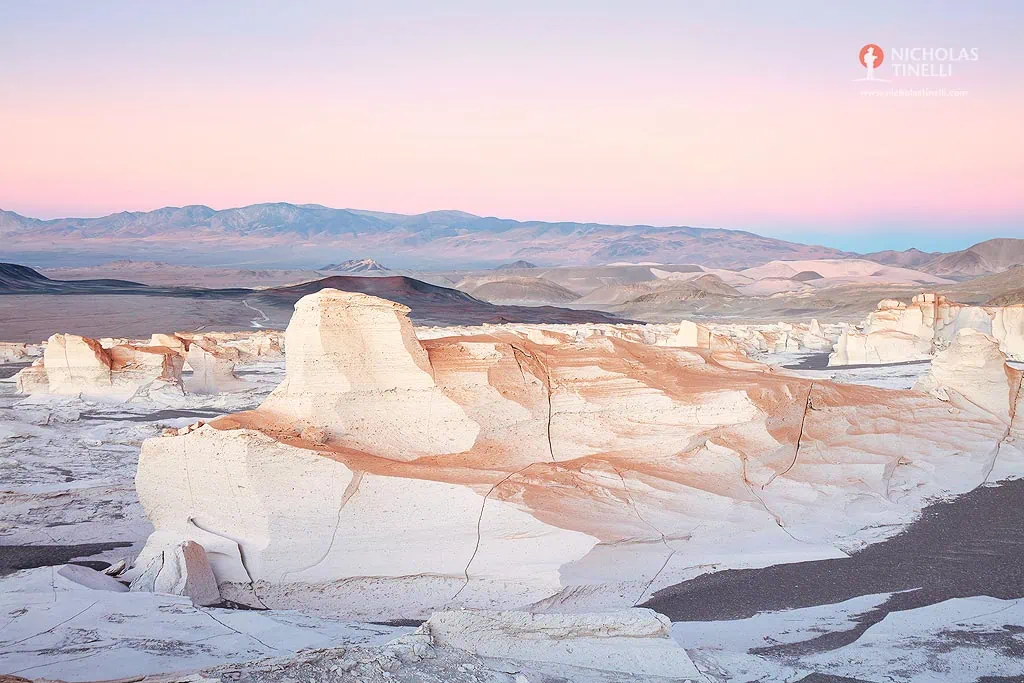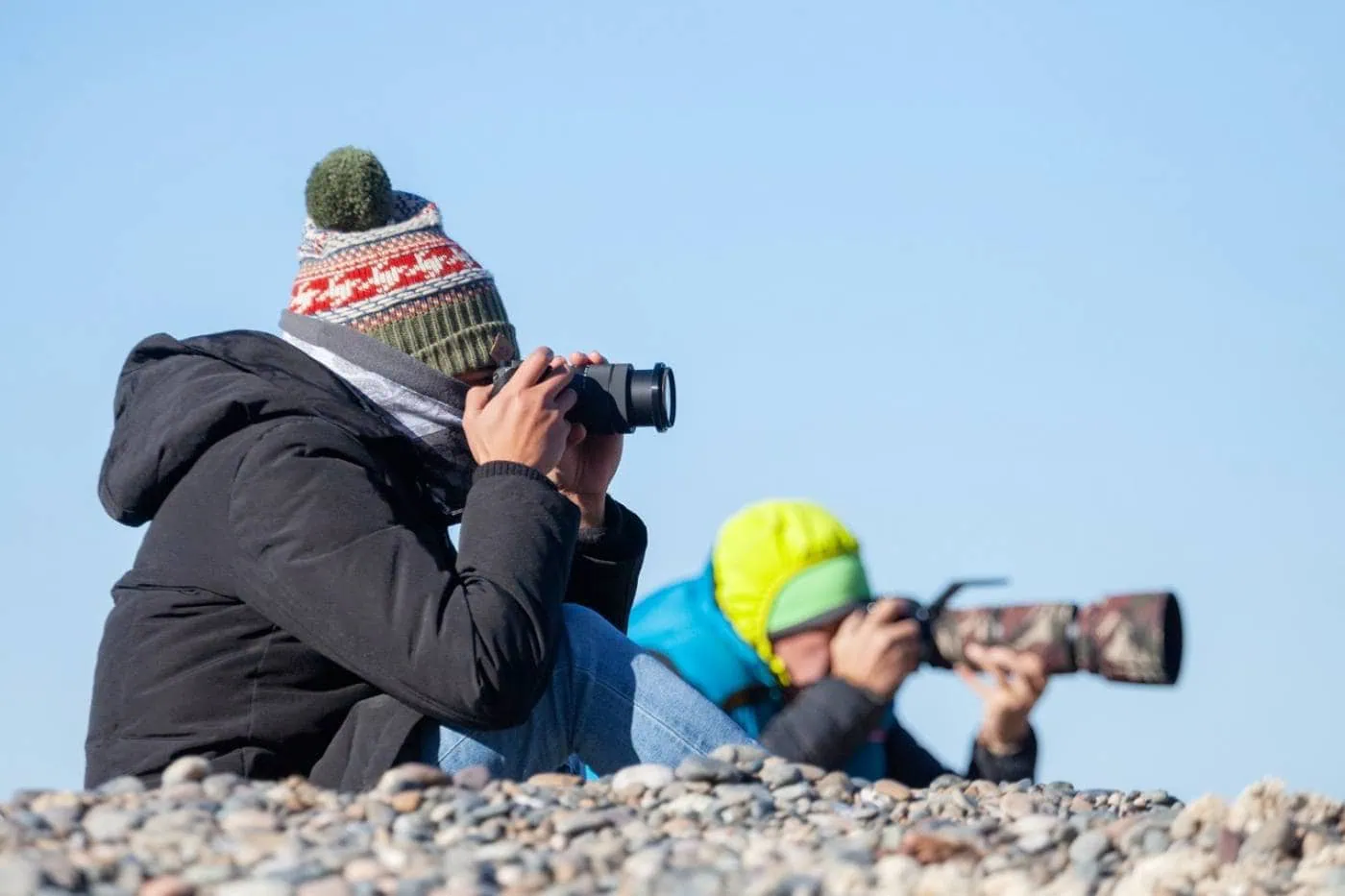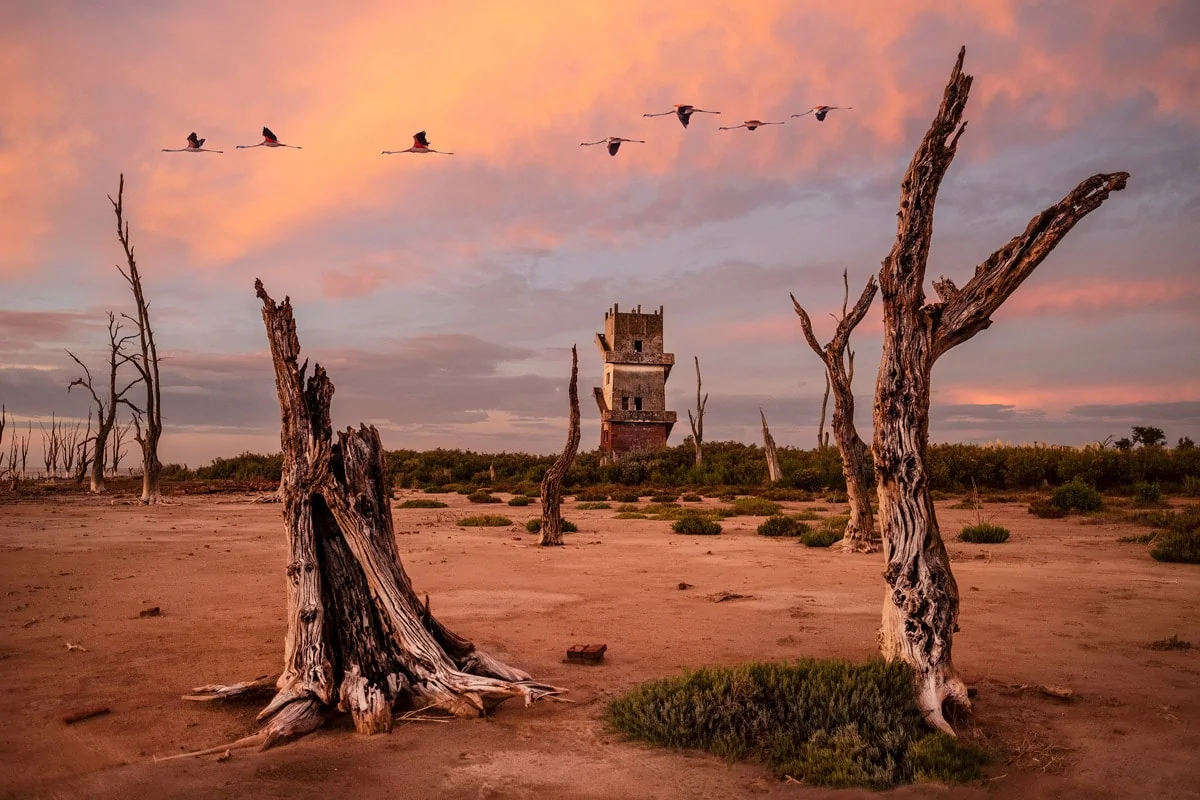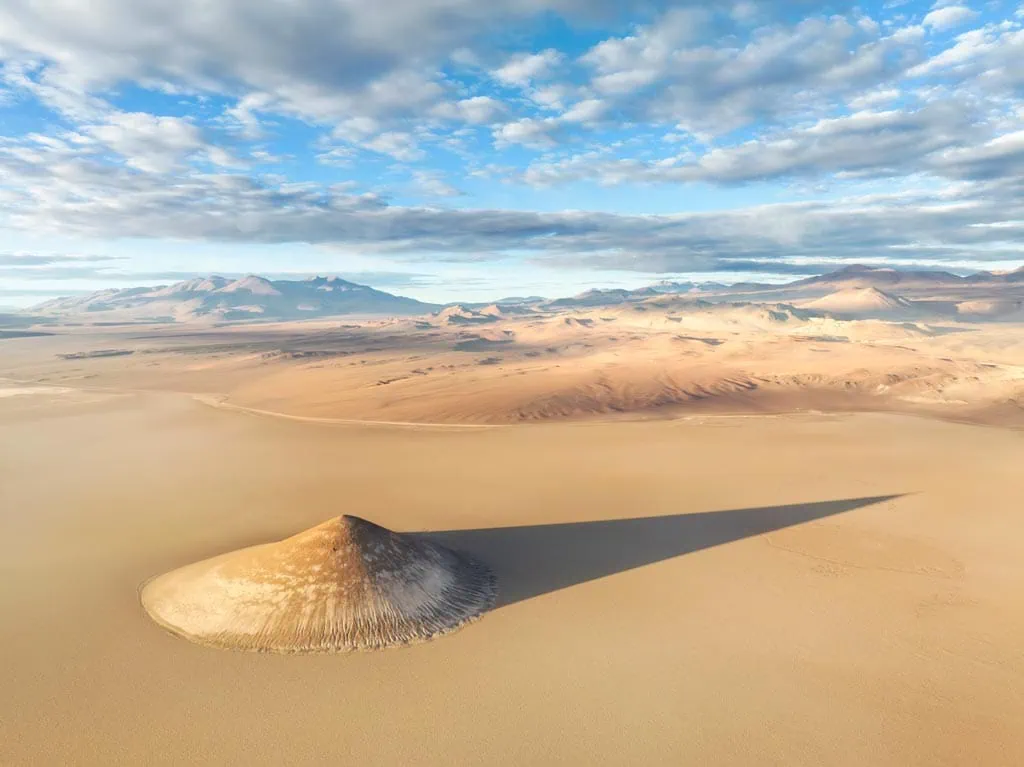Buenos Aires is often described as the Paris of South America. My city is a lively city, a city with striking architectural style. Walking along the broad avenues you need to look up not to miss the wonderful domes of the historic buildings.
As a Local Photographer I decided to write this Guide to Buenos Aires, to share some of the best corners to photograph. The city is in constant renewal, things change quickly and cultural life proliferates, driven by the energy and passion of its inhabitants.
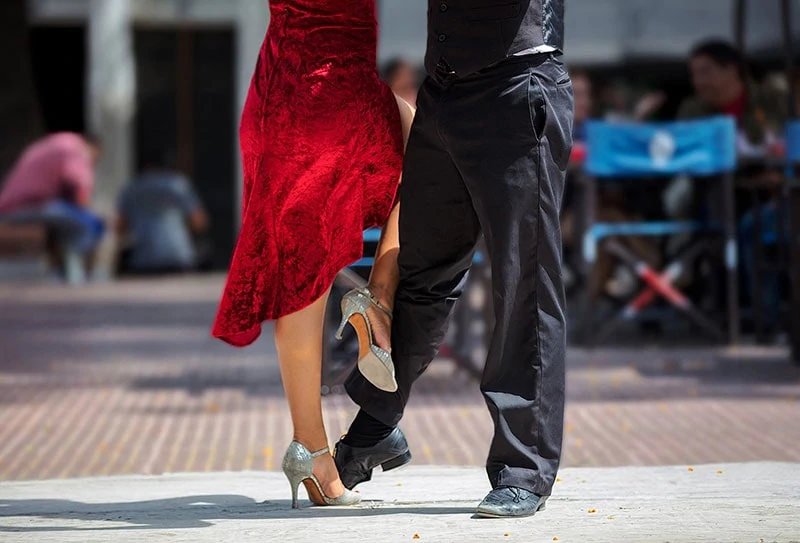
Tango Guide to Buenos Aires
Let’s start with the Tango, one of the most dramatic aspects of Argentine culture to photograph. Walking through the neighbourhoods of San Telmo or La Boca you will encounter live performances watched by large crowds against the backdrop of the vibrant painted walls of these colourful historic districts.
At night the show continues in the clubs of the capital.
The Catedral del Tango (Sarmiento 4006, Almagro) is an authentic temple for dance enthusiasts. In bohemian style it offers tango and milonga lessons, cocktails, and finger food.
The Rojo Tango is an extraordinary show staged inside the eclectic Philip Starck designed, Hotel Faena (Martha Salotti 445), in the Puerto Madero district, once the capital’s port.
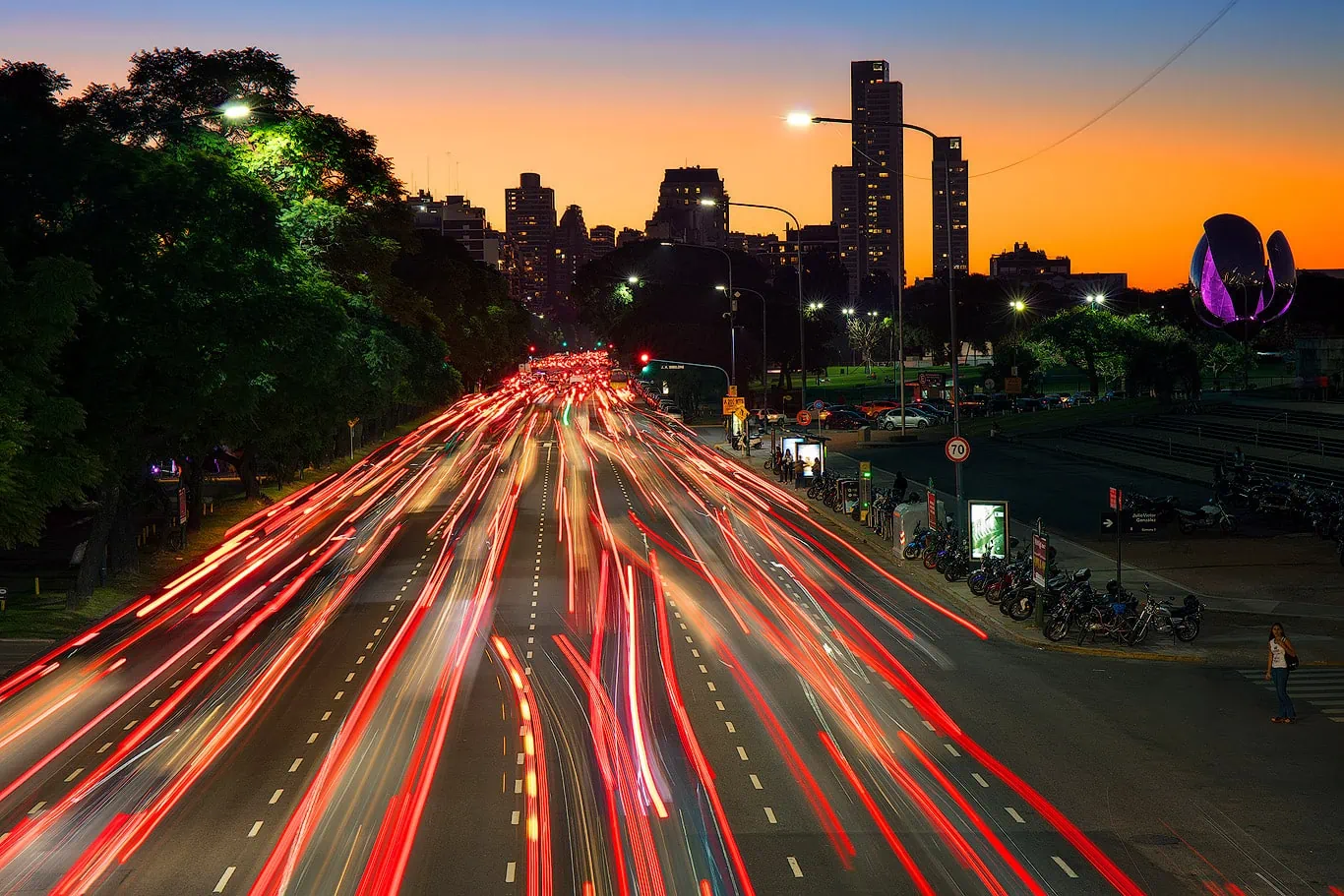
Buenos Aires Cityscapes
Buenos Aires also surprises visitors with its breathtaking views and cityscapes. I have a number of favourite panoramic viewpoints over the city:
- The terraces of the Marriot Hotel (former Hotel Panamericano, Carlos Pellegrini 551) and the Grand Brizo (Cerrito 180) offer unique and different views of the Obelisk and Avenida 9 de Julio. One of the widest streets in the world, it is especially photogenic at twilight.
- The Alvear Icon’s Rooftop Bar (Aimé Painé 1130, Floor 32) as well, offer a great view over the Puerto Madero district at sunset.
- The Palacio Barolo building (Av. de Mayo 1370), on the famous Avenida de Mayo offers an impressive view of the Congress of the Argentine Nation from the top floor, simply magnificent.
Buenos Aires Notable Bars
Another cultural and historic highlight of this “Guide to Buenos Aires” are the Notables Bars. Once the meeting place of famous writers like Jorge Luis Borges and artists, such as Carlos Gardel, entering these bars is like taking a trip back in time.
Amongst the most famous Notables Bars are Café Tortoni (Avenida de Mayo 825), the oldest in Buenos Aires; Confitería Las Violetas (Avenida Rivadavia 3899), with its beautiful stained glass windows; Bar El Federal (Avenida Carlos Calvo 599) in the heart of San Telmo; Bar Sur (Estados Unidos 299), a classic of the tango porteño; and La Perla del Caminito (Av. Don Pedro de Mendoza 1899), in the colourful neighbourhood of La Boca.
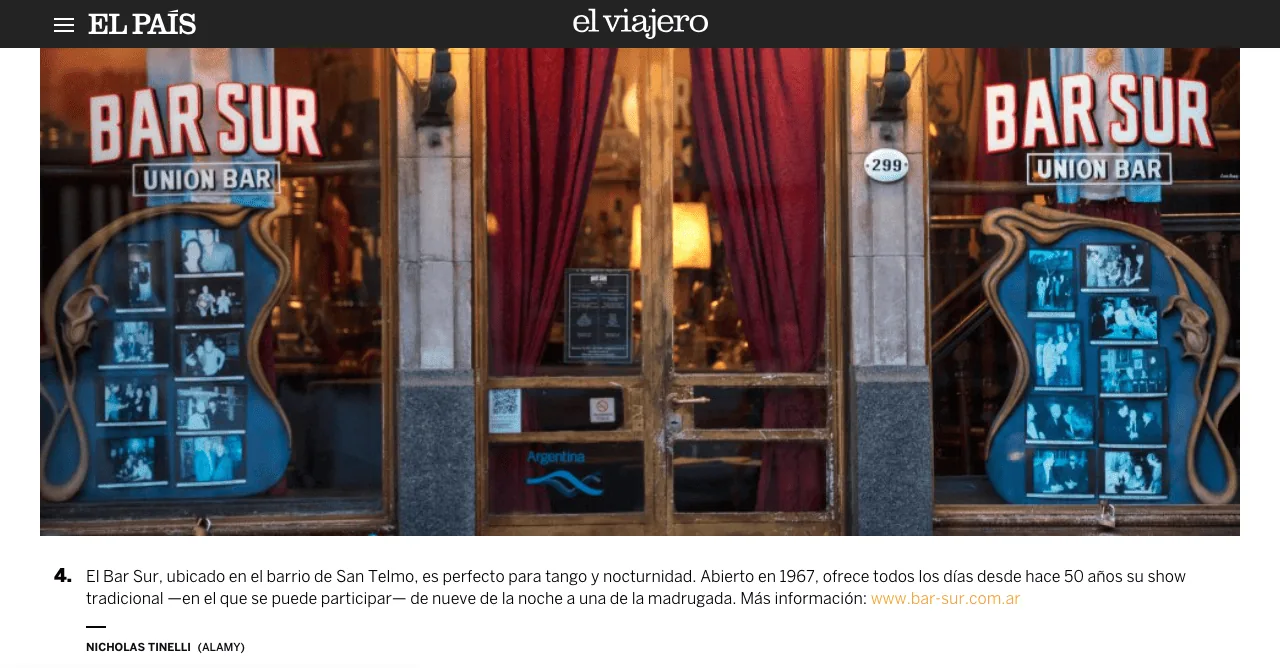
The Ateneo Grand Splendid Bookstore
No Guide to Buenos Aires is complete without the Ateneo Grand Splendid Bookstore, formerly the Grand Splendid Theatre (Avenida Santa Fe 1860): its imposing exterior facade has carved figures of Atlas supporting ornate balconies.
Once inside, the building opens onto a huge central hall, lined floor to ceiling with bookshelves and exquisite ceiling frescoes painted by Nazareno Orlandi. If you’re lucky, you may be able to listen to a live piano concert while enjoying a coffee in this extraordinary setting.

The Colon Theatre - Buenos Aires Opera House
The Colon Theatre is another gem of the capital that cannot be missed. The main Buenos Aires Opera House is considered among the best in the world.
The guided visit bring the visitor through some of the best rooms of the building: the hall of busts, the Golden Room, with stunning glass chandeliers, and the Concert Hall and stages, with the balconies and allegorical ceiling frescoes painted by artist Raúl Soldi.
The Kirchner Cultural Center (CCK)
Lovers of modern architecture must visit the Centro Cultural Kirchner (Sarmiento 151), a short walk from the Casa Rosada and Puerto Madero.
This building, once home to the central post office, is now used for concerts and exhibitions. Its neo-classical facade conceals a unique futuristic work: the great Ballena Azul (Blue Whale), so called because of its size and shape, occupies the central part of the building.
Inside the whale is a majestic concert hall for symphonic music. Attending a show in this place is certainly an experience not to be missed in Buenos Aires.
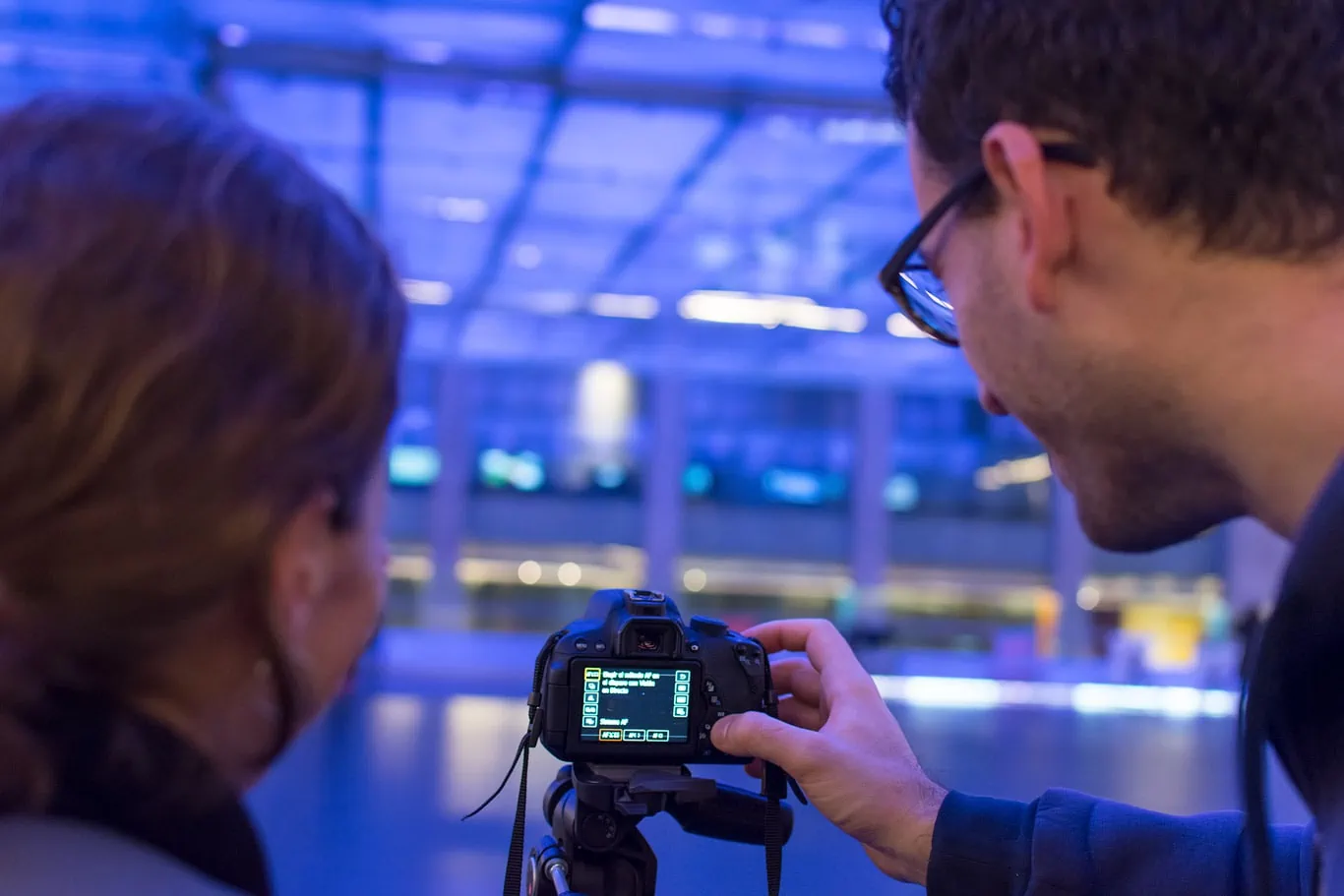
Villa Ocampo in San Isidro
If you want to get away from the traffic of downtown, a visit to Villa Ocampo (Elortondo 1837), in the San Isidro district, is the ideal choice. The elegant villa, surrounded by verdant gardens was once the residence of Victoria Ocampo, one of Argentina’s cultural heroines and a leading figure in the feminist movement.
You can wander round the interior of the house, browsing the books and photographs about Victoria’s life, relax amongst the huge range of plants in the gardens or simply enjoy a drink in the picturesque café of the residence.
The modern district of Palermo
The youngest and liveliest neighborhood in Buenos Aires is Palermo. Strolling along Palermo’s narrow streets bars, restaurants and murals create a riot of colour. At night the neighbourhood lights up and truly comes alive.
A visit to some of Palermo’s Speakeasy Bars is not to be missed.Among the best are Victoria Brown (Costa Rica 4827), designed to resemble a Victorian-era factory; and Nicky Harrison (Malabia 1764), named after the Prohibition-era criminal of the same name, who ran his 1930s speakeasy hidden behind his family’s fish market in New York.
The San Telmo Market
Last, but by no means least, is the lively and colourful San Telmo Market (Bolivar 970). This renovated covered market with its wide range of food stalls and antique stores bustles with life.
It is an ideal place to get lost with your camera, looking to frame still life pictures of the bric a brac or portraits of the merchants, among scents, colours and a large crowd that every day fill the narrow alleys of the market.
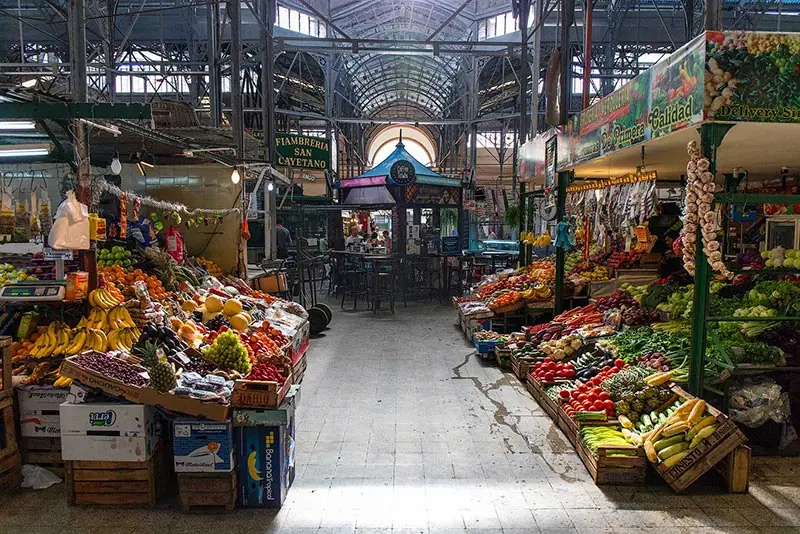
The capital city has so much to offer. These “Guide to Buenos Aires” suggestions barely scratch the surface.
It is a city that enchants and an un-missable stop for photographers traveling in Argentina – but, of course, I may be biased!


